- Lice and Nits
- Lice
- Lice Oils
- Essential oils
- Tea tree oil
- Burr oil
- Nits
- Lice Acid
- Grass lice
- Kerosene for lice
Lice - ancient insects. Archaeologists have discovered their remains in Egyptian, Indian, Peruvian mummies. According to scientists, lice have bothered humans for more than 80 thousand years. Over such a huge period of time, a large number of recipes have accumulated, conspiracy, rituals that are designed to rid a person of these parasites. Folk remedies for lice are used today, although scientists question their effectiveness.
Ancient parasite control methods
Lice are small blood-sucking insects from the order of the lice. The narrow specificity of lice caused parasitization on a separate animal species. In humans pediculosis cause human lice:
- head louse;
- pubic louse;
- linen louse, which scientists classify as dancing.
Interesting!
The study of lice phylogenesis helps anthropologists, archaeologists, and even linguists study the history of human development. The first documented references to lice are found in the writings of Aristotle's Problemata and Historia animalium. The great philosopher and scientist who lived in the 4th century BC gives data based on observation, which are still valid today. He saw gender and age dependence in lice infestation. Galen and Pliny the Elder wrote about lice. Herodotus, describing the life of Egyptian priests and pharaohs, noted that shaved heads and beards saved the ancient Egyptians from infection with lice.

The name of lice eggs used today is also found in Aristotle. In his writings they are called konodos. In making the correct observations, the great thinker adheres to the pseudoscientific theory of the spontaneous generation of lice from "live meat of animals." This theory lasted more than 1.5 thousand years, which greatly slowed down the search. effective remedies for lice.
Folk remedies against lice and nits are based on empirical knowledge. In ancient times, the most effective method of dealing with lice was mechanical. Parasites were chosen from the hair everywhere. In the book of D. Milan “The Secret Paths of the Death Carriers” there are interesting sketches of the customs of the highlanders from Northern Pakistan. The selection of lice from each other was not only a relaxation of leisure, but also a sign of friendly disposition.
Shaving hair and catching lice for a long time was almost the only method pediculosis control.
Interesting!
Eugene Segay, a French entomologist and artist who already lived in the 20th century, wrote that in Lisbon in the 19th century, many residents made money by renting specially trained monkeys who carefully selected lice and nits from hair citizens for a small fee.
But back to the source. The method of dealing with lice, described in the Ebbers Papyrus (1550 BC), the oldest and most fully preserved medical treatise, is striking. The treatment of head lice in papyrus, in addition to the described recipes from fat, tar, oil and juice of plants, consisted in magic rituals. So, a certain passage from the Book of the Dead should be read over the caught insect.
A new round in the study of lice was given by the invention of the microscope.In the book "Historia Insectorum Generis" by Jan Swammerdam (XVII century), the internal structure of the insect and even its blood is described in detail. Description of the reproductive organs of parasites put an end to the theory of spontaneous generation of lice.
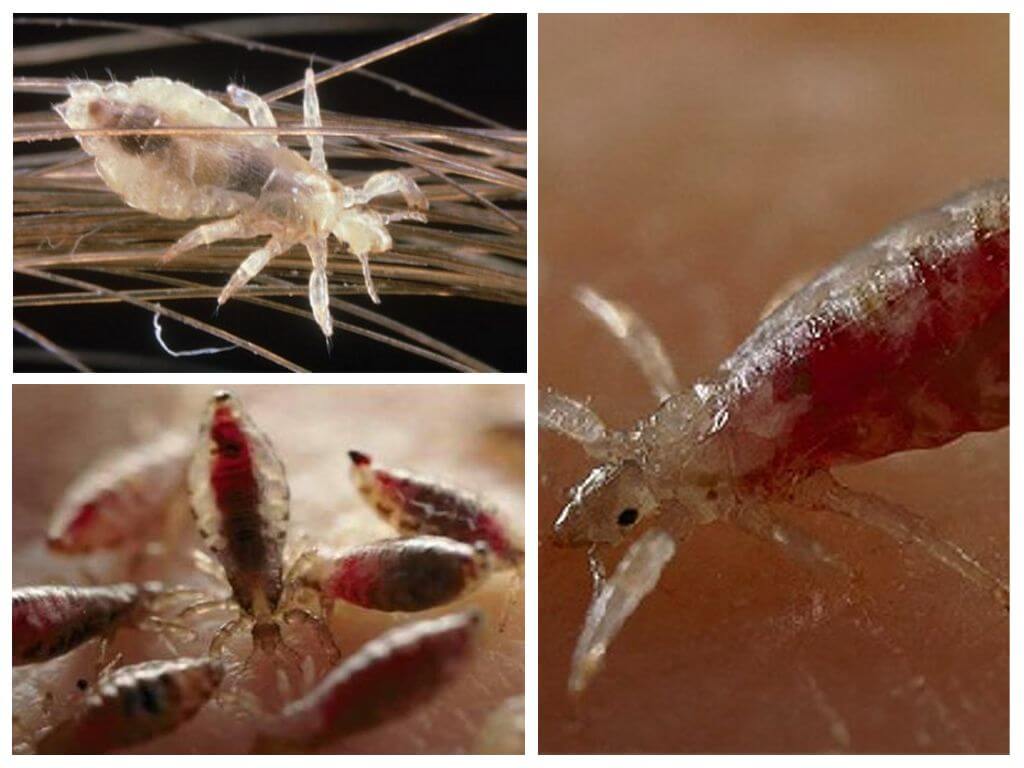
Thanks to these scientists, famous and nameless, it was possible to establish that in addition to unpleasant bites that provoke itching, lice are a source of dangerous diseases: typhus and relapsing fever. And folk remedies for lice, which fans of chemical insecticides love to ridicule so much now, gave impetus to the creation of new and effective remedies for pediculosis.
Folk remedies for lice
No matter how skeptical scientists scoffed, folk methods of getting rid of lice and nits are based on extensive practical experience. Consider recipes that are used in the fight against adult insects.
Combing and picking lice and nits destroys only 40% of the parasites. Those who boast thick hair and long hair, special lice combs small pitch hard teeth just get stuck. To relieve combing nits, traditional medicine suggests using vegetable oils and compositions based on them.
Oil mask against lice
There are many recipes for such funds. To get rid of lice and nits, you need to apply any vegetable oil to the hair - burdock, linseed, olive, corn, cedar, mustard, sesame or sunflower. Previously, the oil is heated in a water bath to 35-40 ° C. Dry unwashed hair is divided into strands and a tool is applied along the parting, starting from the roots of the hair, where the lice “hide”. Then the oil is distributed along the entire length of the hair using the palms of the hands and carefully combed with a frequent comb. The head is covered with polyethylene and insulated with a hat or towel on top. Keep the product on your hair all night. In the morning, thoroughly wash the head with a mild shampoo, dry the hair slightly and comb out again.
The advantage of such a folk remedy is that it:
- helps to remove 90% of parasites;
- nourishes and stimulates hair growth;
- does not cause allergies;
- safe for children, pregnant, debilitated people;
- cheap and affordable;
- easy to apply;
- has no contraindications and age restrictions;
- no side effects.
The only inconvenience is that you will have to use this tool several times to destroy all parasites. The mechanism of action of vegetable oils is based on the ability to block the respiratory function of insects. Oil, getting on the surface of the body of lice, covers the spiracles located on the abdomen of the parasite. The insect loses mobility and dies.
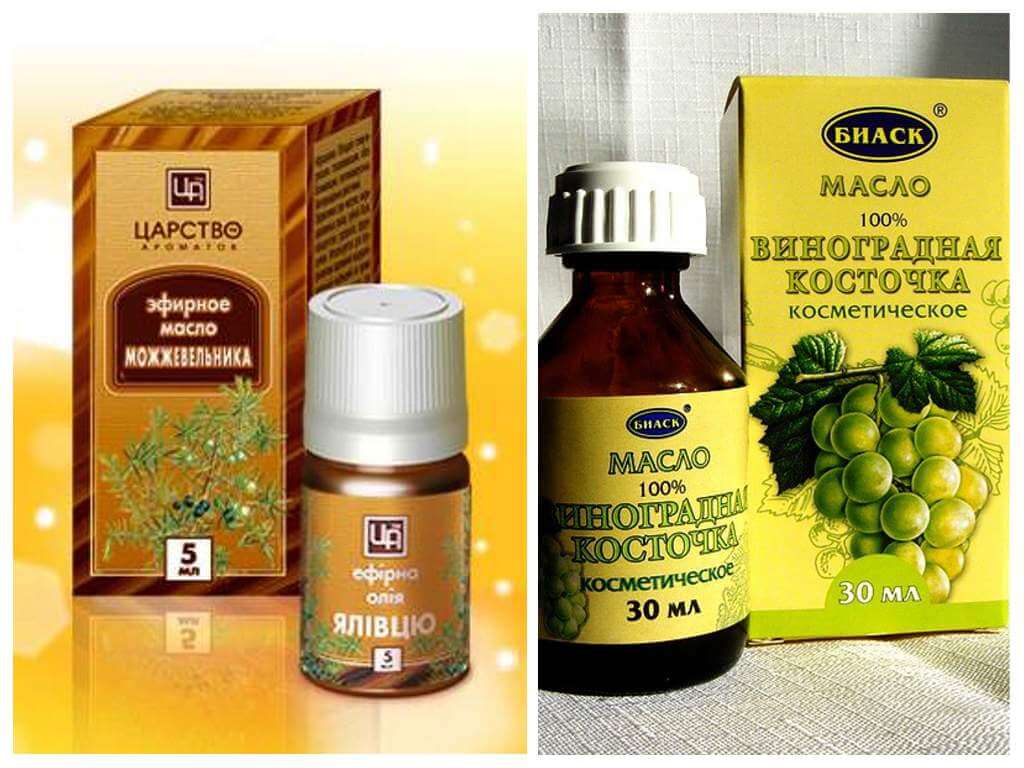
Oiled hair is easier to comb thanks to its gliding effect. The oil sticks together the scales of the hair shaft and prevents tangling of long hair. The tool prevents brittleness, electrification, restores the structure of the hair.
Interesting!
The ancient Egyptians used oil from grape seed, juniper, seeds, flowers. The famous Queen Cleopatra wrote a treatise entitled "On medicines for the body." In her collection there were many recipes for cosmetic and therapeutic agents, including for hair beauty. While men shaved their hair and wore wigs to save themselves from lice, women invented and prepared various products themselves not only for hair growth and strengthening, but also for parasites.
Parasite Essential Oils
No less effective medicine for lice and nits are essential oils. Their use from poohooters is based on two mechanisms - the contact damaging effect and the repellent properties of phytoncides. In addition to the contact action already described, when a fatty substance, enveloping the body of an insect "clogs" the respiratory holes, essential oils have an irritating smell, which lice are afraid.
Any aroma oil of lemon, orange, cloves, lavender, mint, tea tree, rosemary, bergamot, pine, juniper, eucalyptus is used for the mask from lice. You can use both one view and make up the composition.
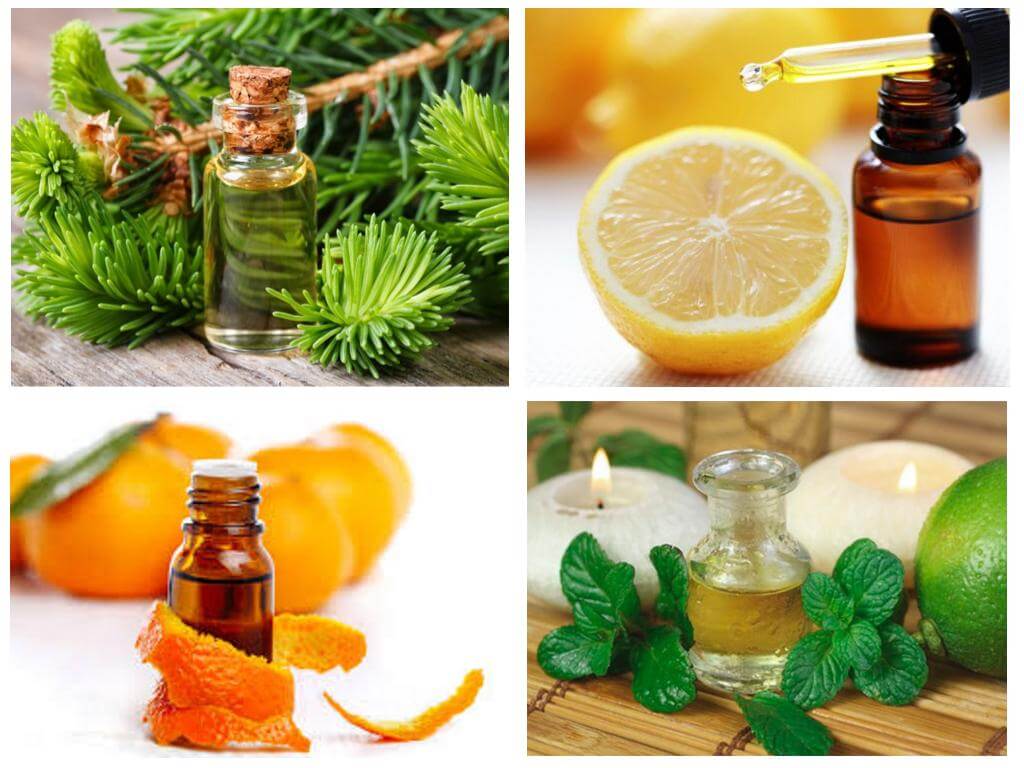
Benefits of using tools for pediculosis treatment based on volatile phytoncides the following:
- possesses regenerative, antibacterial, antimycotic properties;
- strengthens and stimulates hair growth;
- heals the scalp;
- treats lice bites and combing;
- relieves itching and eliminates inflammation;
- prevents the penetration of infection through minor injuries on the scalp;
- has no age restrictions;
- contraindicated only with individual intolerance;
- can be used as pregnant lice remedy;
- safely;
- cheap.
To get a healing effect from the whole variety of aromatic oils as a “bonus”, you can choose those that are suitable for a certain type of hair.
At home, simply prepare the following antiparasitic parasite products:
Tea Tree Oil Mask

Tea tree oil with alcohol:
- tea tree essential oil - 25 drops;
- medical alcohol or brandy (for dark hair) - 30 ml;
- water - 20 ml.
The process of preparation and application:
- Dilute alcohol with warm water, add aromatic oil, mix thoroughly.
- Apply to wet hair at the roots and spread over the entire length of the hair with a comb.
- Cover your head with a plastic cap and insulate.
- Soak the product on the hair for 2 hours.
- Rinse thoroughly with shampoo, rinse with acidified water, dry and comb out dead lice and nits with a frequent comb.
- The procedure is repeated after 2-3 days until the parasites completely disappear.
Burdock and geranium oil

The recipe for the mask is as follows:
- burdock oil - 40-50 mg;
- geranium essential oil - 25 drops.
How to prepare the product:
- Mix the ingredients, warm in a water bath to 35-40 ° C.
- Apply to dry hair, starting with the roots. Distribute along the entire length of the hair.
- Cover the head with polyethylene and insulate from above.
- Soak the product for 20 minutes.
- Wash with a mild shampoo.
- Dry and carefully comb out dead insects and nits with a frequent comb.
Before using this remedy for lice and nits for children, it is necessary to test for an allergic reaction. To do this, a few drops of essential oil are diluted with water and applied to the skin of the inner part of the forearm. If after 10-15 minutes there is no reaction, then the selected remedy can be used to treat the child. To remove lice in children completely, the procedure must be repeated after 3-4 days until the final solution to the problem.
Interesting!
Indian beauties use essential oil not only for hair beauty and pediculosis treatment. Ayurveda - The traditional system of Indian medicine makes extensive use of aromatic oils. With the help of their properties and aroma, you can influence the psycho-emotional state. Pediculosis often causes depression, fear, phobias, a sense of insecurity. Aroma oil will not only relieve lice, but also calm the nervous system, raise immunity.
A few drops applied to dry washed hair will be a good prevention of infection with lice of other family members.
Acids from lice and nits
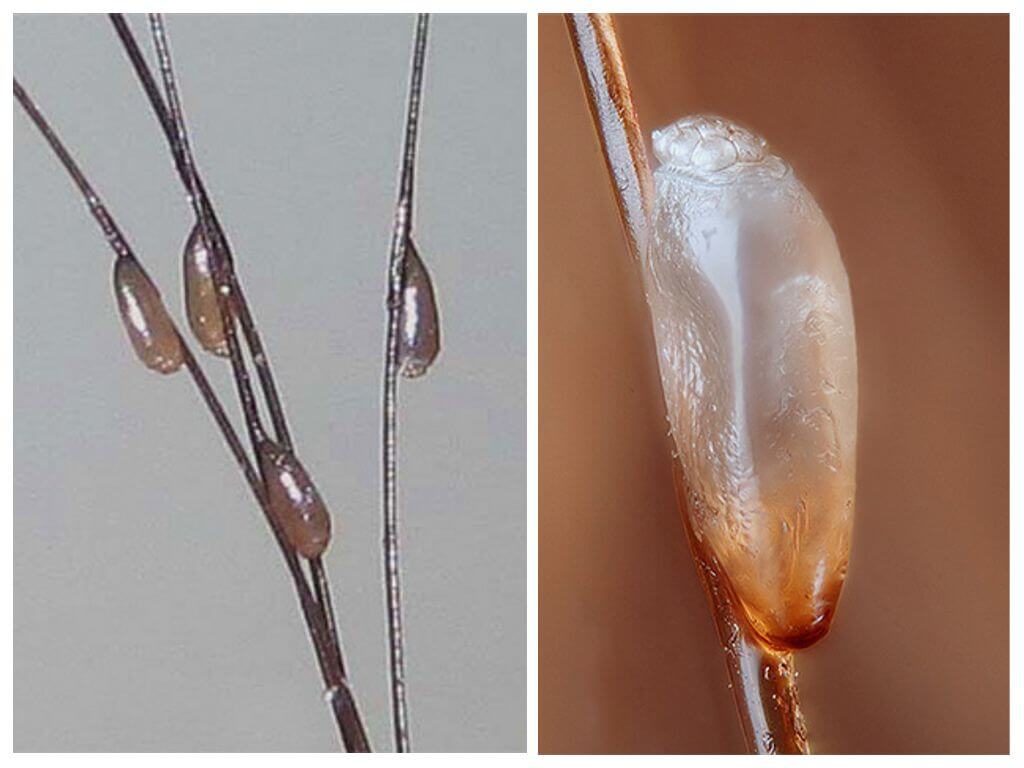
A big problem in the treatment of pediculosis is nits. Lice attach an egg using a special secretion produced by the glue glands. The insect lays 7-9 eggs per day, “stringing” them on the hair at the base. In air, the substance freezes, firmly fixing the nits.
Conventional remedies do not affect eggs and therefore folk remedies for nits use natural acids in their composition. They quickly dissolve the “glue” and make it easy to get rid of crumbling nits. Acids damage the dense shell of the egg, denature the proteins of the tissues of the insect and destroy it at all stages of development.
Folk acid-based lice and nits remedies include:
- acids obtained by the method of acetic fermentation of raw materials containing alcohol (tartaric, malic);
- chemical vinegar;
- sour juice of berries;
- lactic acid fermentation products (brines, whey vinegar).
Interesting!
Vinegar has long been used not only as a useful seasoning for dishes, but also as a disinfectant. Home-made apple cider vinegar soothes the scalp that is itchy after lice bites, disinfects, and restores the epidermis. Wine vinegar normalizes the function of the sebaceous glands, treats eczema and seborrhea.
An effective folk remedy for lice and nits is acidic juices of cranberries, pomegranate, lemon.
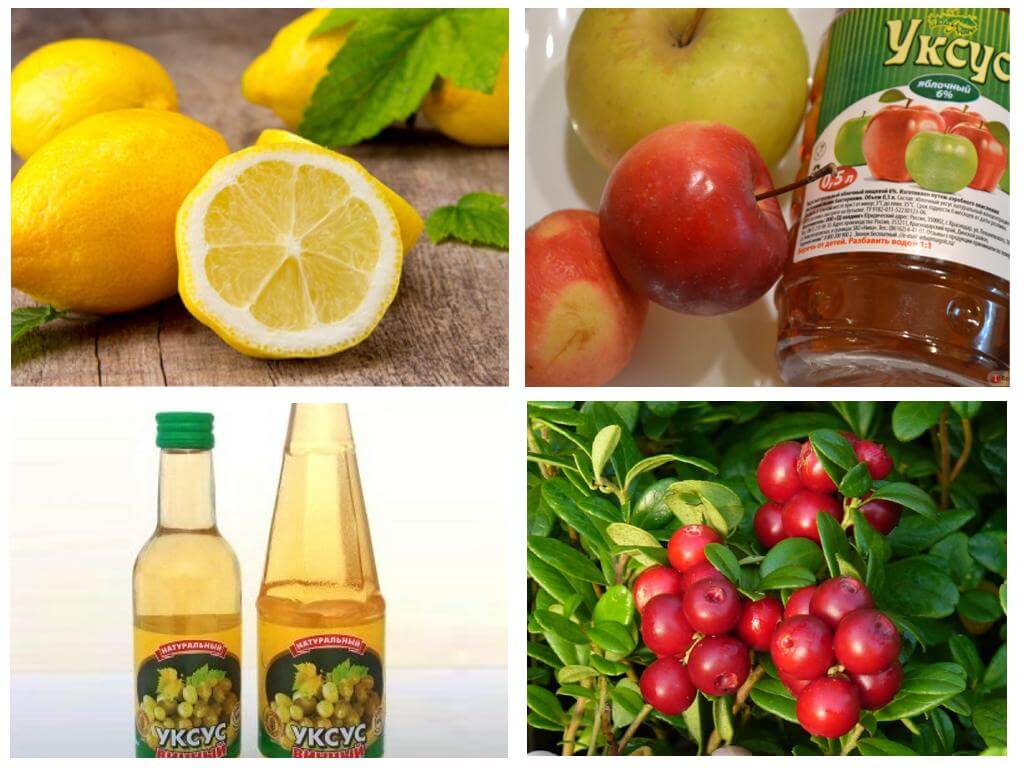
To remove parasites helps such a tool:
- Mash 100 g of ripe cranberry berries until gruel, mix with 30 g of liquid honey;
- apply the product to the roots of wet hair, gently rub and cover with a plastic cap;
- insulate and withstand the drug for 1.5-2 hours;
- rinse hair thoroughly, comb out the nits with a comb;
- repeat the procedure after 4-5 days until the complete disappearance of insects and nits.
Apply and acetic acid solution. Store 9% vinegar is diluted with warm water in a ratio of 1: 1. The hair is moistened with the resulting solution and combed. The head is wrapped with a towel and held for 15-20 minutes. After time, the hair is washed with shampoo and dried. Carefully comb out dead insects and nits. The procedure is repeated after a week so that kill nits.
Acids are not used if there is an allergic reaction or the scalp has damage. It is necessary to apply funds, avoiding contact with the mucous membranes.
Herbal remedies for parasites
Many plants have insecticidal properties. They do not just scare away parasites. Acting on the nervous system of lice, decoctions, and the juice of plants destroy the "bloodsuckers."
Treatment of lice with folk remedies will be incomplete without unique phytorecepts:
- Pound fresh leaves of marsh rosemary in a mortar and in the form of a compress, apply the resulting slurry to the scalp. Soak for 30 minutes and rinse. The procedure is repeated 3-4 times with an interval of 4 days.
- Mix 3 teaspoons of parsley seeds or garden dill with 1 tablespoon of lard. Grind thoroughly. Apply the resulting mass to the hair roots and rub, distribute along the entire length. To sustain 1-2 hours. Wash your hair. Repeat the procedure after 3 days.
- Prepare a decoction of 3 teaspoons of the fruits of bird cherry ordinary and 200 ml of water. Boil for 3 minutes, insist 2 hours. Filtered warm broth dampen hair liberally and cover with polyethylene. Insulate, keep the compress for 2-2.5 hours. Rinse off. The procedure is repeated 3-4 times with an interval of 4 days.
- Prepare a tincture of 3 teaspoons of fresh leaves of ball eucalyptus and 100 ml of vegetable oil. Insist 21 days, occasionally shaking. Use as an oil mask. Repeat the procedure 2-3 times.
Do not forget to carefully comb out lice and nits after the procedure.
Oil refining products
The most dangerous recipes complete the folk remedies for pediculosis. Kerosene is a quick cure for lice and nits. It is used both as a single agent and in combination with other substances. Some recipes use of kerosene:
- Prepare the product by mixing kerosene with vegetable oil in a 1: 1 ratio. Apply the resulting mixture to the hair, spreading over the entire length. Wrap with polyethylene and stand for 10-15 minutes.
- Mix kerosene and finely grated laundry soap in a 1: 1 ratio. Before use, dilute the product with warm water at the rate of 100 ml of the mixture per 1 liter of water. Wet hair thoroughly. Soak under a hat for 10-15 minutes. Rinse thoroughly with water, wash with shampoo.
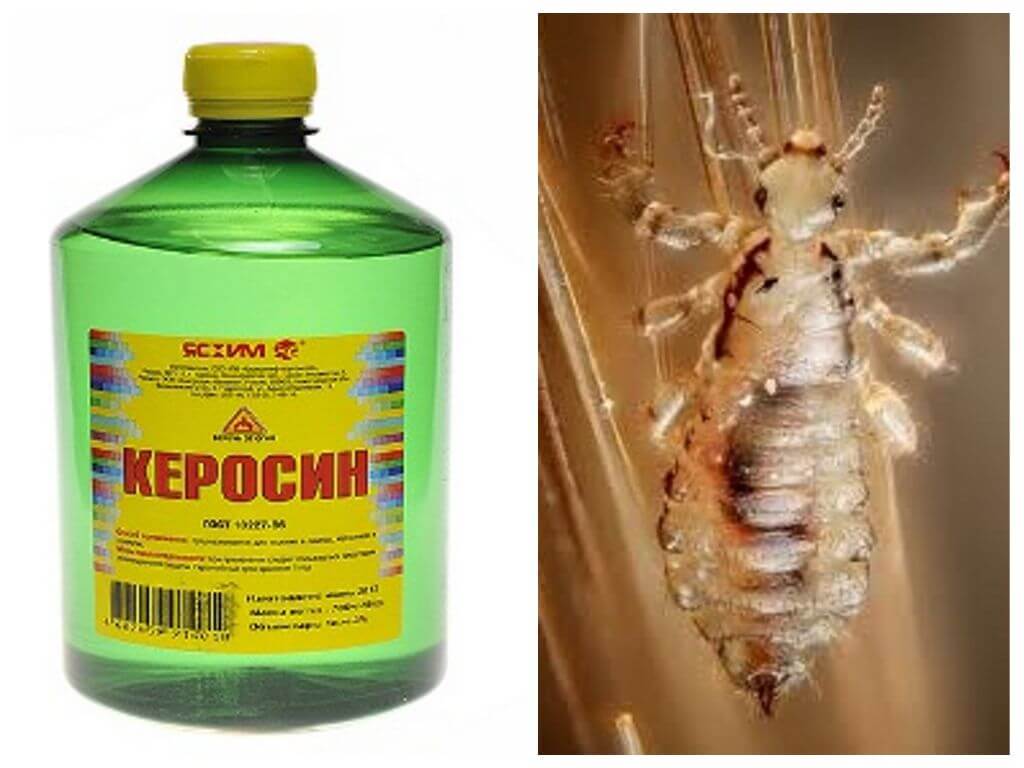
Important!
Kerosene not only irritates the scalp, but is also a flammable substance, therefore, these recipes should be used with extreme caution and in no case should your hair be dried by an open flame. For the treatment of pediculosis in children, it is not recommended to use.
Kerosene is a strong solvent and quickly damages the shell of nits and the chitinous cover of adult fleas. The oily composition blocks the spiracles of the insect, and the pungent odor scares them away. Even a single treatment helps get rid of bloodsuckers. Today, the use of kerosene for the treatment of pediculosis is limited, as there are safer and more effective means.
Folk remedies for long hair can be completed with another drug. Tar soap can help not only against lice and nits. It is used to treat skin diseases. Apply thick soapy foam to long, wet hair, spreading it over the entire length of the hair. Cover the head with polyethylene and insulate. Soak the soap for 5-8 hours, and then rinse thoroughly with plenty of warm water.
Everyone can choose their favorite method for pediculosis from recipes of traditional medicine or use pharmacy drugs, which are available in the form of sprays, shampoos, ointments. The main thing is to follow the rules of use, and the effectiveness of folk remedies is evidenced by the fact that they are used even with an abundance of modern medicines for lice and nits.
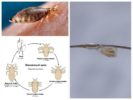


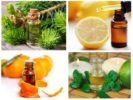
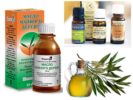
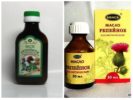
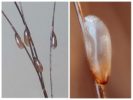


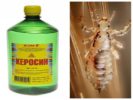
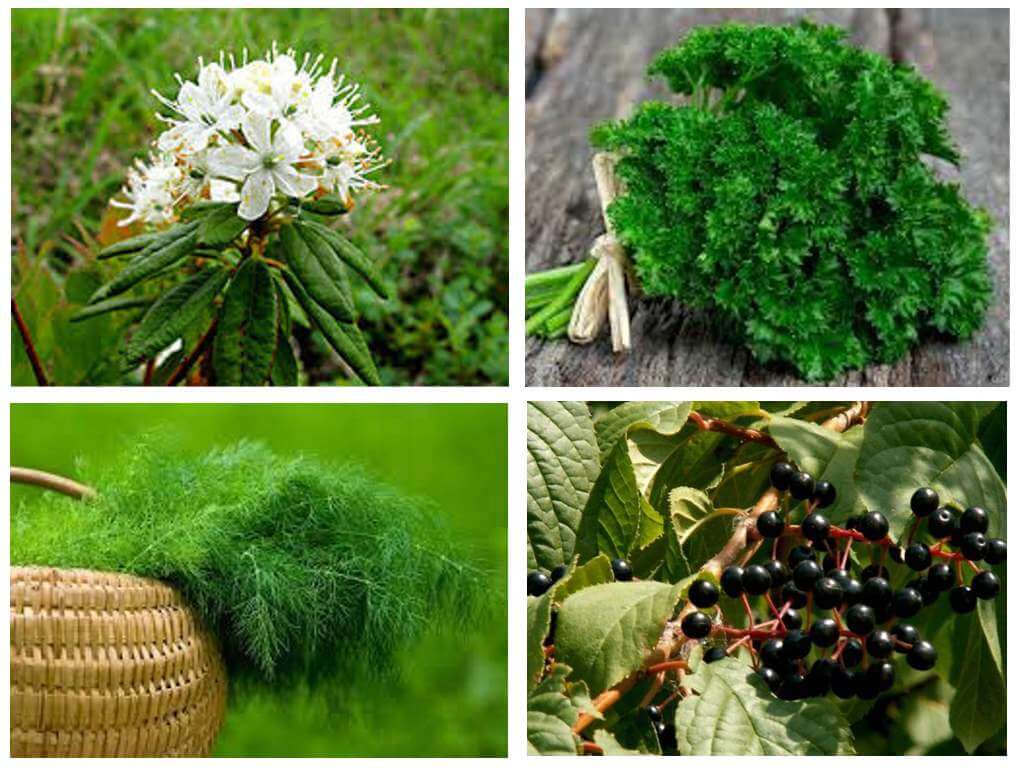
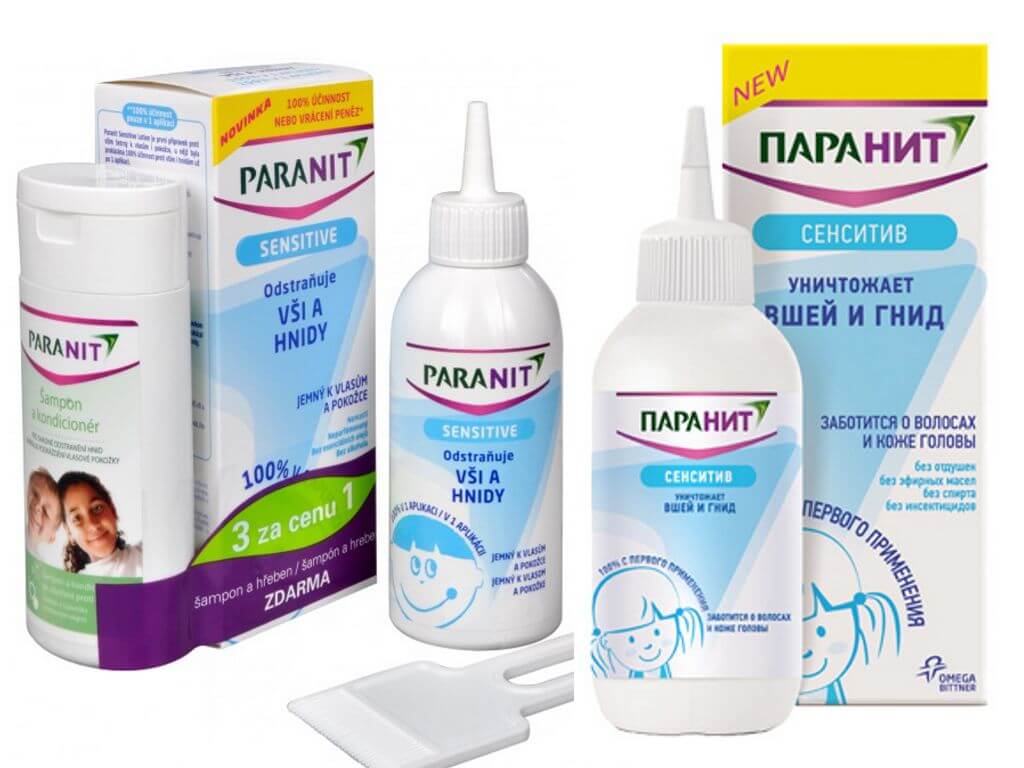
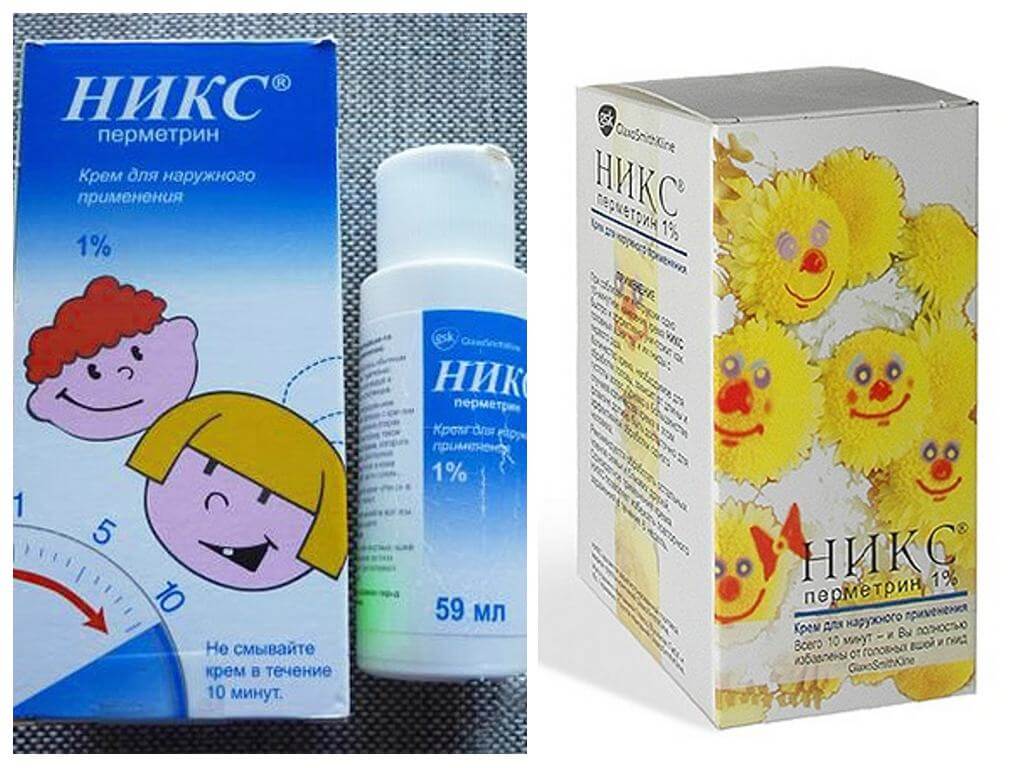
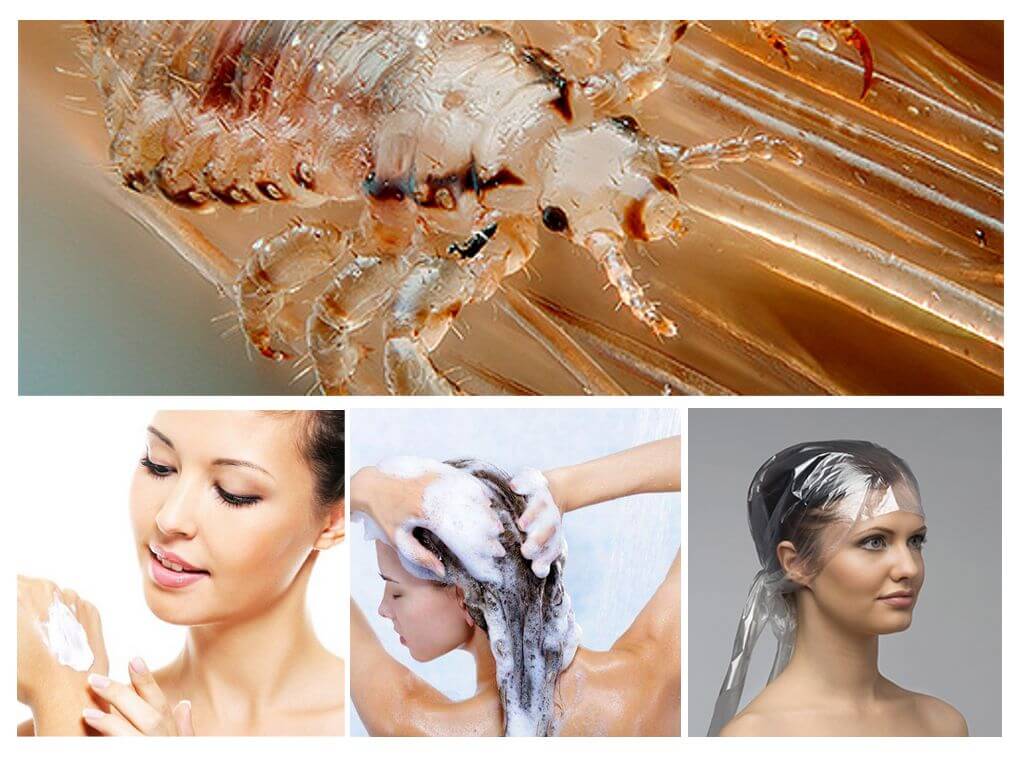
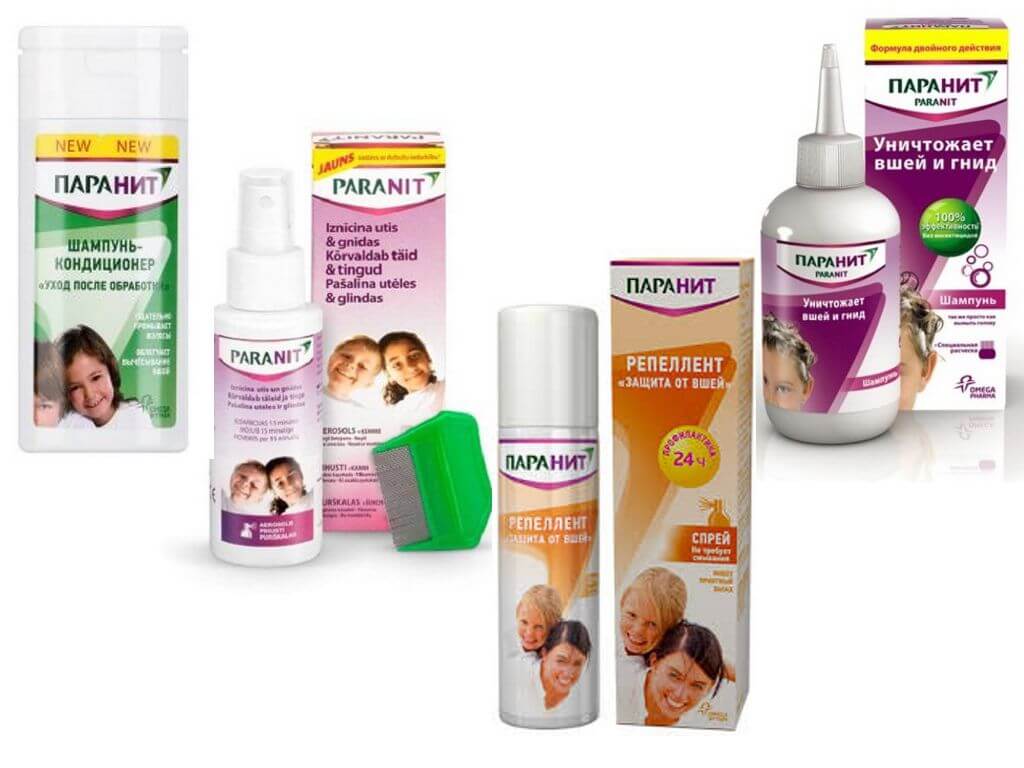
I remember how I pinched and burned kerosene when I brought lice from the pioneer camp as a child. Mom then not only rubbed their head at me, but also to her older brother, for which I later received from him.
We were washed in childhood with lice with dust soap. Now you can’t get it anywhere. But when the youngest son came from school with lice, I remembered the forgotten remedy, but did not find it. I had to wash with tar soap. It also helped well, although the smell is very unpleasant.
Gypsies live nearby, and my children play with them. Lice creep freely from one to the other. Often I don’t want to poison with chemistry, and it’s impossible to forbid children to drive. So I use folk methods.
In childhood, everyone walked together and often typed, lice from each other. I had long hair, my mother didn’t want to cut, so she poisoned with onion juice, sunflower oil and tar soap. Until now, I have very thick hair without gray hair. Probably folk remedies helped.
My mother rubbed burdock oil and onion juice into my head without lice. Hair smelled a little, but such a braid was - a sight for sore eyes!
I took a lot of new things from the article. I heard about kerosene, but I read about other means for the first time. Just in case, I’ll take a note.
Did someone try all these recipes on their own? I doubt very much that having such a choice of ready-made preparations for pediculosis, someone will want to tinker with these decoctions-infusions.
If you do not want to poison children with chemistry, you will have to. Maybe not at a time, but removing parasites without harming the health of the child is much more important.
As for the boys, no one bothered before. Shaved head "under zero" and all!
Previously carefully monitored. Wherever you go, they checked for pediculosis everywhere. Although they lived in communal apartments, there were no cockroaches and lice.